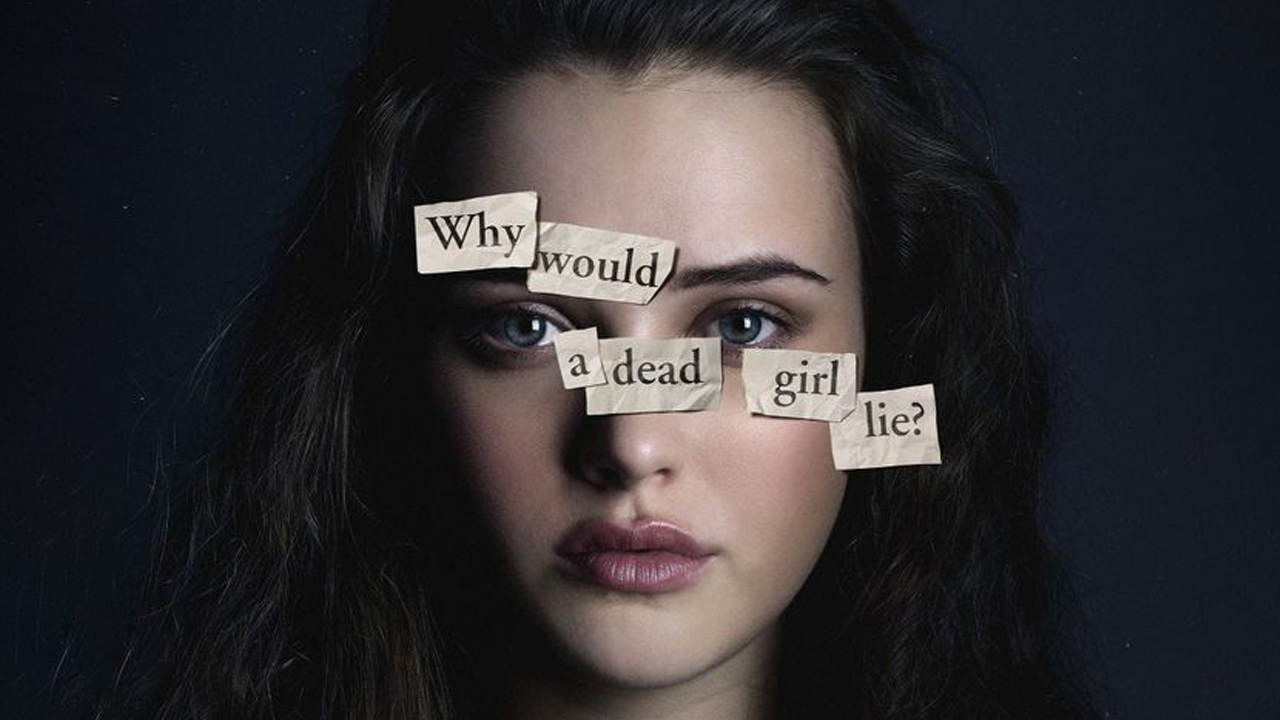Does 13 Reasons Why Trivialize Suicide? We Asked a Psychiatrist
Some argue the Selena Gomez-produced series does more harm than good

Whereas most teen dramas tackle love triangles, booze-riddled road trips and two-bit popularity contests, Netflix’s 13 Reasons Why explores mostly unchartered territory for a mainstream series. It depicts the events and individuals that contributed to a teen’s suicide—and typically hush-hush topics, like self-harm, rape and the story’s central theme, suicide, are discussed (and even shown) openly.
“13 Reasons Why captures the perils of teen relationships very well, especially the dark and stark effects of social media, rumour-mongering and bullying—the fast pace of ‘friend today, enemy tomorrow,’” says Toronto psychiatrist Dr. Marshall Korenblum, who has been practising child psychiatry for more than 25 years, and specializes in child and adolescent depression and suicide. “It’s also very good at touching on the importance and role of ‘bystanders’—if you know [someone is struggling, and don’t say anything], you’re not completely innocent,” he says. “My biggest concerns are that almost all the adults in 13 Reasons Why are portrayed as stupid, inept and incompetent. While that may be the way many teenagers perceive adults, in fact, they’re not all that way, and when a teen is in trouble, they should seek out a trusted adult for help.”
While, in theory, the show sounds like a step towards eliminating stigma and sparking open dialogue, mental health advocates like Korenblum point out that the show’s glossy portrayal of suicide at times trivializes it. In Canada alone, at least one in five teens have considered suicide in the last year.
A closer look at what makes 13 Reasons Why problematic
In case you somehow haven’t yet binged the Selena Gomez-produced series, 13 Reasons Why chronicles the life of Hannah Baker (played by Katherine Langford): a Grade 10 student who dies by suicide after a series of increasingly traumatic events cause her to feel dejected and hopeless. Opting not to leave a note, Hannah instead enlists a messenger to deliver a series of explanatory cassette tapes to each classmate who had a hand in her choice. Aside from Hannah’s parents, the character most impacted by Hannah’s death is Clay Jensen (played by Dylan Minette), who spends most of the show’s 13-episode run seeking justice for his would-be love interest’s untimely death.
While the show’s narrative is captivating and its cast note-perfect, 13 Reasons Why treads on dangerous whodunit territory by presenting Hannah’s suicide as a simple cause-and-effect cautionary tale. Because each tape unfolds as a story—with unique characters and high school visuals tapping into our nostalgia—viewers become entangled in the drama of the suicide rather than the suicide itself. Even the show’s title characters are guilty of playing into the theatrics: most of the students implicated in Hannah’s tapes (Courtney, Justin and Jessica, to name a few) are more concerned about clearing their names than actually coming to terms with her suicide.
The result is a muddled, desensitized view of how suicide plays out in real life. By pointing fingers at other people, 13 Reasons Why distorts depression and mental health issues. When Clay confronts a guilt-ridden school counsellor, Mr. Porter, near the end of the series, he cries: “I cost a girl her life because I was afraid to love her.” It’s a line likely designed to tug on viewers’ heartstrings, but again, it simplifies the crippling effects of living with mental health issues. Hannah needed a doctor, a therapist and a support system—and even then, her story may have ended with the same outcome.
“Ninety percent of the time, suicide is the final common pathway of environmental stress interacting with pre-existing undiagnosed or untreated mental illness,” says Korenblum. “Often, especially when there is a family history, it is indicative of a brain disorder, not bullying or rape or rejection. Many kids are bullied but not all commit suicide, so there must be ways that those kids cope. And the effectiveness of treatments for emotional distress—whether medication or therapy—with the help of peer counselling, is not mentioned here.”
According to the World Health Organization (WHO), suicide is the second leading cause of death among 15 to 29-year-olds. Citing the challenges and obstacles around seeking help, WHO’s website states: “The prevention of suicide has not been adequately addressed due to a lack of awareness of suicide as a major public health problem and the taboo in many societies to openly discuss it.”
Fans may think that 13 Reasons Why tackles some of those taboos, but Korenblum warns that the series could, in fact, do more harm than good for some viewers.
“Overall, 13 Reasons Why is well-intentioned, great acting, very good drama, and will definitely spur conversations about suicide and bullying,” says Korenblum, “But it misses the mark in terms of giving any kind of message of hope, the value of therapy or trusting adults, and sensationalizing death and suicide.”
Update (April 28, 2017): After multiple Canadian school boards released information warning about the potentially damaging impact of the Netflix show, the Ontario Ministry of Education has now told educators not to show 13 Reasons Why in classrooms. According to Metro News, a memo sent to Ontario schools cited the fact that the show’s graphic portrayal of suicide, and the way that it seems to romanticize Hannah’s story, could be triggering for vulnerable teens. “Incidents of self-harm can increase after media portrayals of suicide,” the Hamilton-Wentworth District School Board stated in a post on their website. “We do not want to contribute to this.” Educators have also been sent guidelines for how to discuss issues with the series, and answer questions and concerns raised by students. “The death by suicide depicted in the series (although fictional) is a cautionary tale, not meant to appear heroic and should be viewed as a tragedy.”
Update (April 30, 2019): Two years after the show’s release, the National Institute of Mental Health released findings from a joint study with leading researchers and universities that indicate a 28.9% increase in suicides among American youth ages 10–17 immediately following the debut of 13 Reasons Why on Netflix. Says author Lisa Horowitz, “The results of this study should raise awareness that young people are particularly vulnerable to the media.”
This article was originally published on April 24, 2017.
Experiencing suicidal thoughts or mental health struggles? There are trained professionals ready to help you, right now. Visit KidsHelpPhone.ca or call 1-800-668-6868 to talk to someone immediately.









